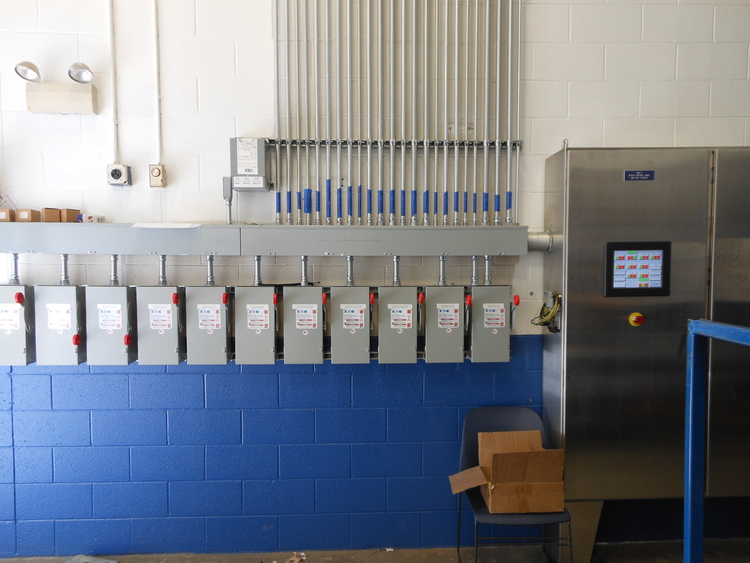Insurance companies want to know what type of electrical you have within the walls of your home and business when underwriting the structure. The insurance companies are normally reluctant to write an older home when the wring has not been updated.
In residential construction, aluminum wire was used for wiring entire houses for a short time from the 1960’s to the mid 1970’s during a period of high copper prices. Existing homes with this older aluminum wiring used in branch circuits present a potential fire hazard.
In our industry, Electricians and Electrical Contractors alike try to save money by using aluminum wire instead of copper wire. As an Electrical Contractor, I have worked all over the continental United States, Canada and Mexico and have seen both copper and aluminum wire used in a variety of jobs. The wire used for the job should fit the application and be safe.
I have come across scenarios where aluminum wire is not allowed to be used as branch circuitry and here is why – according to the electrical inspectors that I have had the pleasure to meet and work with, I have been told, aluminum wire cannot be used below U.S. American Wire Gage (AWG) of #2/0 (pronounced 2-ought). I have been told that their reason for this is because of under-sizing of the conductors causing a number of problems such as: wire burning back, short circuits, lose connections, arc flashes, and electrical fires.
So why is there a problem when aluminum wire is UL (Underwriters Laboratory) approved for electrical use and installations? Here is what I have learned over many years in the industry. Electrical circuits can be considered a living organism. What this simply means is with inrush currents the wire will physically move in the raceway it is installed in. This movement causes the wire to experience a simple tug and pull when the circuit is properly sized, and a much more violent tug and cracking of a whip sound, or a buzzing sound when the circuit is undersized. It is also more susceptible to temperature change even when torqued properly. Temperature change occurs in both copper and aluminum wiring, which can cause loose connections; however, it is more prevalent in aluminum wiring. Aluminum wire also suffers from dissimilar metal corrosion, if the connections are not installed properly. This corrosion can cause the conductors to degrade prematurely and problems arise ranging from minimal to catastrophic in nature. Aluminum wire is UL approved and if used properly and sized properly, and maintained properly there are many advantages due to its lightweight and flexibility. Changes have been made for the modern building construction with newer AA-8000 series aluminum that does not have the same issues as the wiring placed in homes in the 60’s and 70’s. Several upgrades or repairs are available for homes with older pre-1970’s aluminum branch circuit wiring.
If you have an older home or building, it is advisable to check the electrical in your building to make sure your assets are safe from a preventable loss.
John Laszlo,President, Laszlo Electric, Inc.
jlaszlo [at] verizon [dot] net
909-229-4277



Discussion
There are no comments yet.